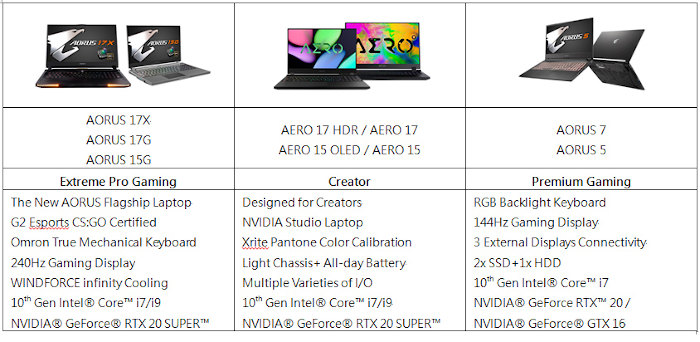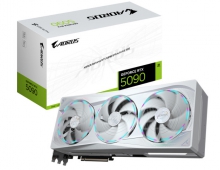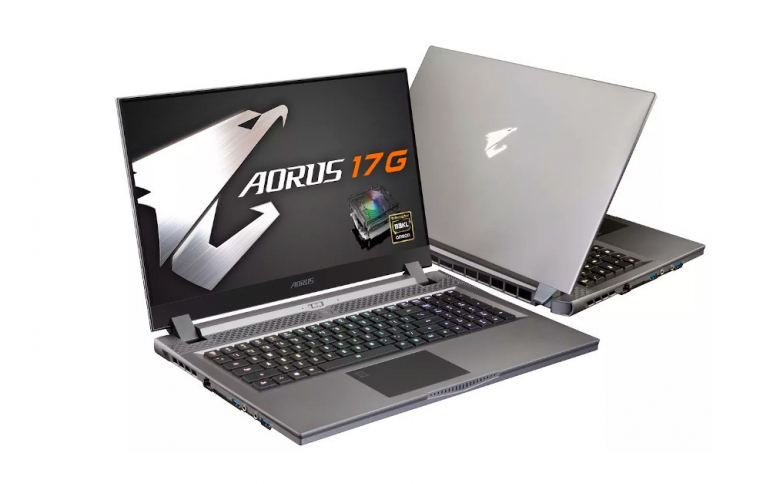
Gigabyte’s Latest Gaming Laptops Supports Intel’s 10th Gen Core i9 Processor
Gigabyte is introducing three new versions of its Aorus gaming laptops: the Aorus 15G, 17G, and 17X.
Each features the newly announced Intel 10th Gen Comet Lake H-series processors, with options to include the eight-core Intel Core i7-10875H and the high-end Intel Core i9-10980HK. These are also Gigabyte’s first gaming laptops to include Nvidia’s new RTX 20-series Super mobile graphics chips, and they’re configurable to feature the RTX 2080 Super Max-Q chip.
The laptops come standard with Omron mechanical keyboards and displays with a 240Hz refresh rate.
Pricing for the 15G starts at $1,699, and the 17G starts at $100 more. The high-end 17X starts at $2,399. They’ll be available starting on April 15th.
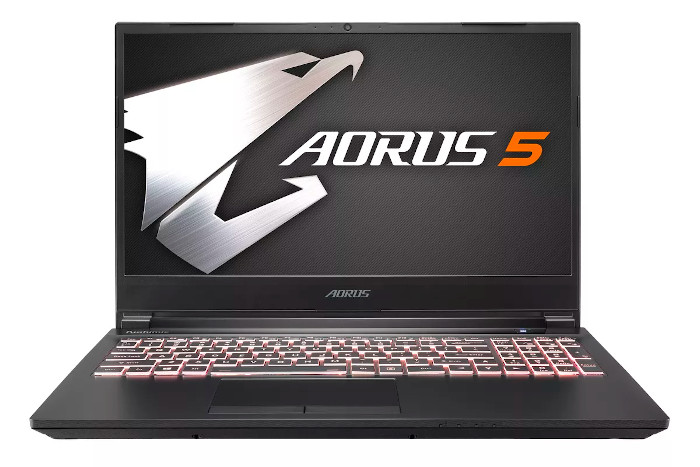
Gigabyte’s 2020 iterations of the Aero creator-focused laptops are also getting the new Intel i7 and i9 processors and Nvidia RTX 20-series Super graphics chips. The new Aero laptops (available in 15- and 17-inch models) start at $1,599 and $1,699, respectively, and will ship with 1080p displays and the Nvidia GeForce GTX 1660 Ti by default. The 15-inch model has the option to be upgraded to an OLED screen starting at $1,899, with optional support for 4K HDR resolution. The 17-inch version’s display can also be upgraded to support 4K HDR, though Gigabyte’s press release doesn’t specify if it’s OLED. That one costs $2,299 to start.
Each of these new Aero devices offers Thunderbolt 3, HDMI 2.0, and a UHS-II SD card reader. The configurations shipping with 1080p displays have six-core Intel Core i7-10750H, and opting for an upgraded screen opens up the CPU options to those available for the Aorus series above. These will also be available on April 15th.
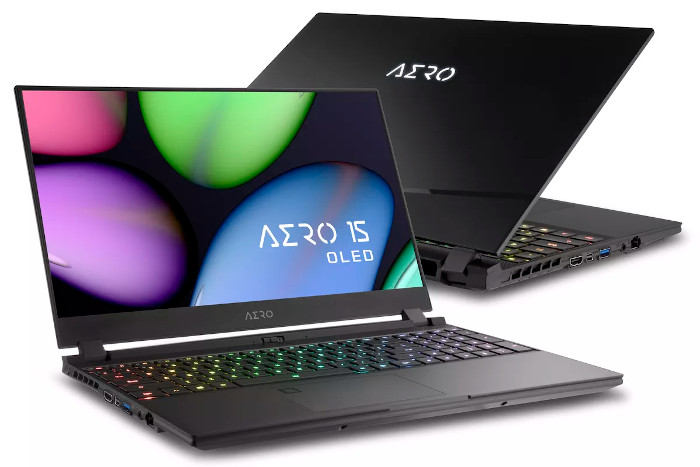
The more affordable Aorus 5 and Aorus 7 laptops start at $1,299 and $1,399, respectively. These machines feature the Intel Core i7-10750H, and at the lowest cost, they ship with Nvidia’s GTX 1650 Ti graphics, with support up to the RTX 2060 if you want to spend more. They don’t have a mechanical keyboard built in, nor do they have 240Hz refresh rate displays. Instead, these use displays with a 144Hz refresh rate. These are expected to release in late April.
